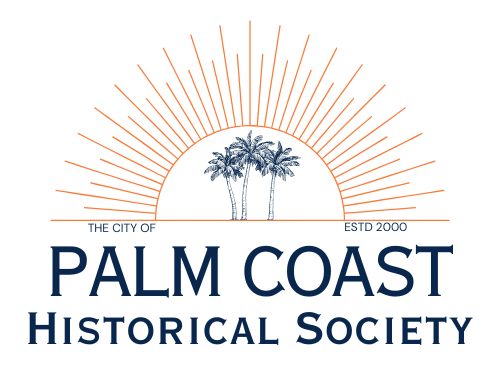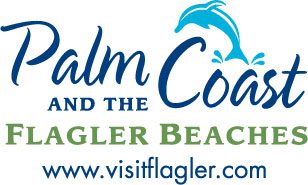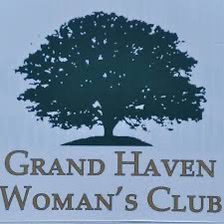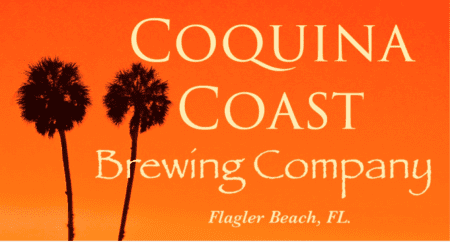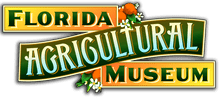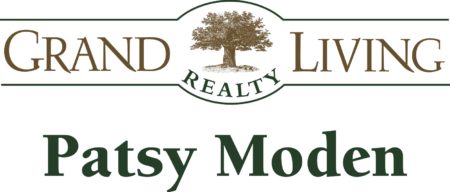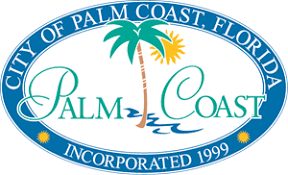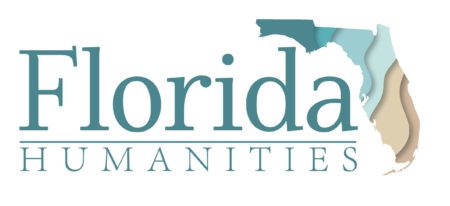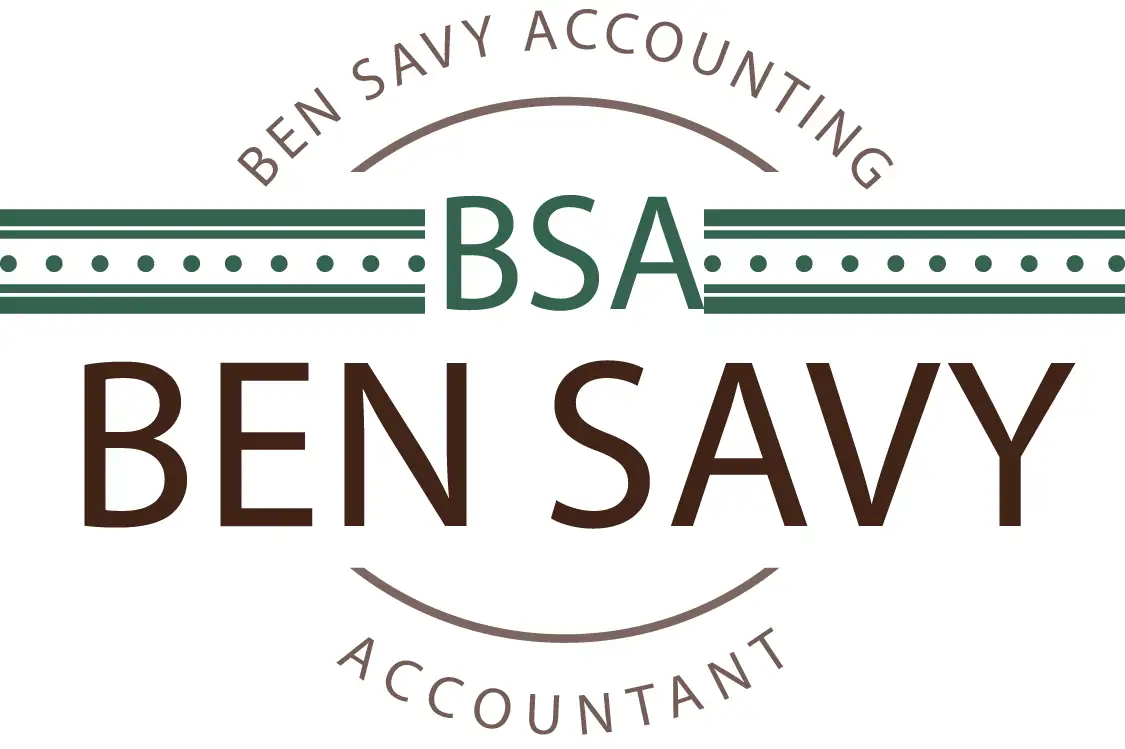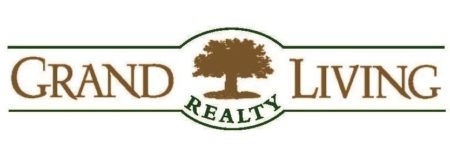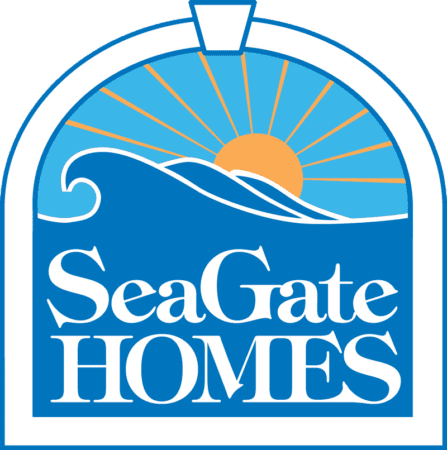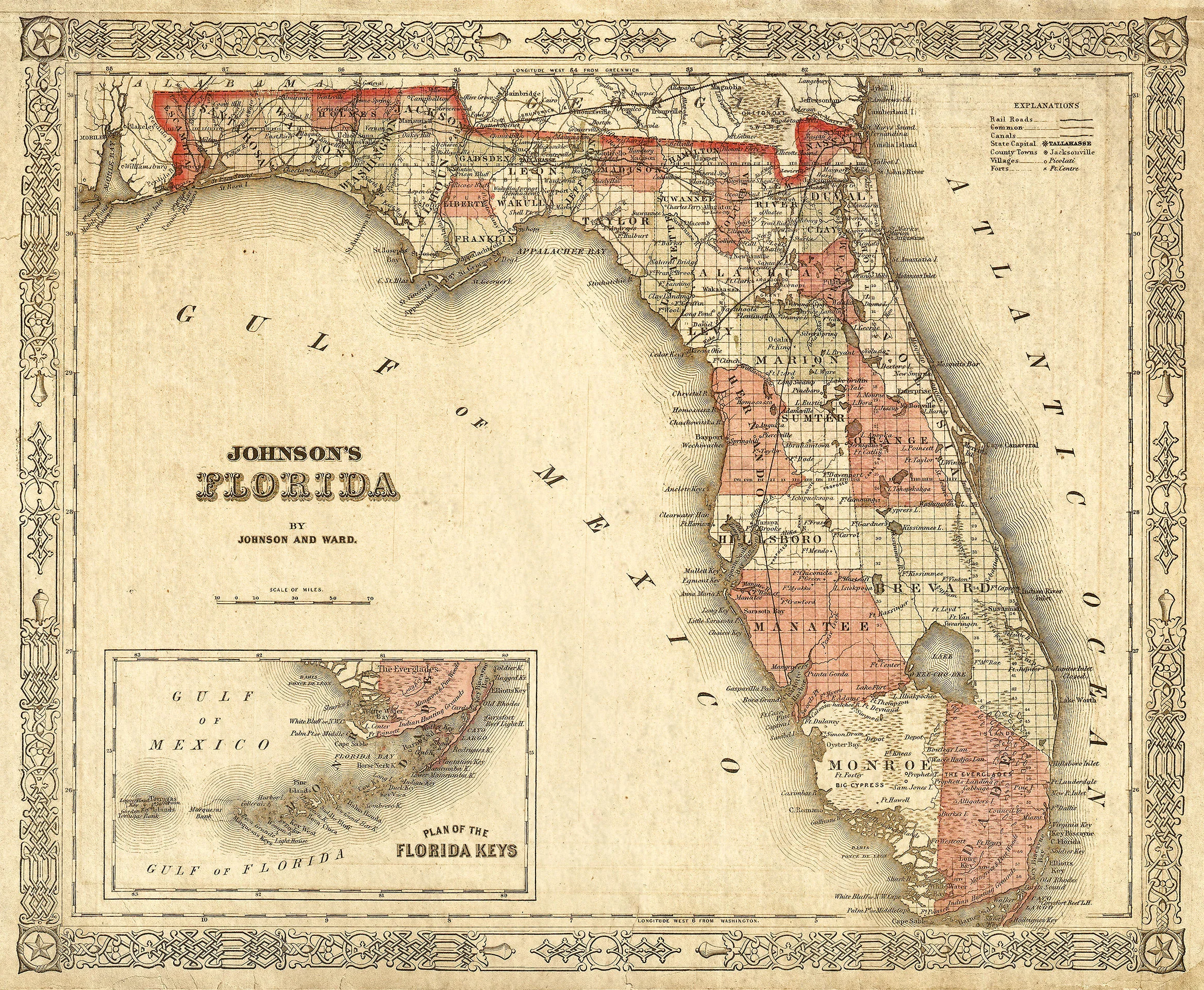
By Kathy Richard-Ellavsky PCHS Vice-President, 3/25/2022
Those who think history is boring have likely not heard a lecture presented by Dr. Roger Smith of Colonial Research Associates, Inc. According to Smith, “If I haven’t made you laugh, then I probably haven’t taught you anything.”
Laughter filled the room during the latest Florida Humanities Speaker Event hosted by the Palm Coast Historical Society on March 19 at the Palm Coast Community Center. The presentation entitled “I AM SO LOST” included details from over a decade of Smith’s academic research using old maps originally housed in the British National Archives and other public and private collections.
His research uncovered early renderings drawn by 16th century explorers led by Juan Ponce DeLeon in search of riches in the New World. A map from 1589 was the first to show the City of St. Augustine. It included primitive drawings indicating the location of a lighthouse, the location of a murder, and sea serpents. Another illustration depicted the Florida terrain with its swamps and bogs. Eighteenth century British military maps showed troop movements in East and West Florida during the Revolutionary War. He identified these two regions as the 14th and 15th British colonies.
Smith recalled the story of having met his wife, Christina, at a free history lecture he provided at the St. Augustine Lighthouse and Museum. When he tried to explain to the visitors that there were originally 15 British colonies within the borders of what is now the continental United States she attempted to correct him. A native of Boston, Christina, like many of us, were taught that there were only “13 original colonies” when the American Revolution broke out. His first reaction was, “I can’t believe I’m being heckled at a free talk!” But she caught his eye, and as the saying goes, the rest is history.
The original basis for much of the war was Britain’s desire to protect the sugar-producing colonies of the West Indies from French, Spanish, and Dutch invasion. “Sugar was the economic driver in the 17th and 18th centuries,” explained Smith. The production of sugar and the system of slave labor that produced it were extremely profitable. European empires became dependent on its by-products of rum and molasses to finance their visions of global expansion. For this reason many Caribbean islands were de-forested to plant sugar.
With so much soil dedicated to sugar production the British planters relied on the southern colonies in North America for food, flax, cotton, pine tar, turpentine, timber, and more. They became the agricultural heart of the empire. General George Washington wrote a letter to John Hancock in 1775 warning the Continental Congress that the British were stockpiling weapons and gunpowder in St. Augustine. He feared that the British were preparing to reclaim the southern colonies by invading Georgia and South Carolina with an army from East Florida. Historic maps later revealed that Washington was correct.
Smith shared another revelation regarding an indecent in St. Augustine on August 11, 1776. Prior to the war Florida was economically depressed. However, once loyalists fleeing the north began to settle in the region they helped bring economic prosperity. For this reason both East and West Florida remained loyal to King George III. When news of the Declaration of Independence finally reached the old city an angry crowd gathered in the plaza and hung effigies of Samuel Adams and John Hancock and set them on fire.
“Our goal is to breathe life back into learning about history and make it fun without insulting our audiences by dumbing it down or withholding valuable new information,” says Smith. “The role played by British St. Augustine in the American War of Independence is Florida’s most unique story in its 500-year history – perhaps the most unique story of the American Revolution.”
For more information on upcoming Speaker events go to www.palmcoasthistory.org or follow them on Facebook.
